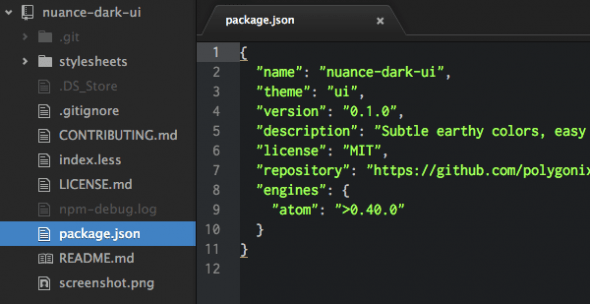

- Python mac os track application foreground how to#
- Python mac os track application foreground software#
- Python mac os track application foreground code#
I got around this by programming my own mouse-tracking experiments in OpenSesame, and it’s this code that I’m going to share here. However, while immensely useful, MouseTracker is a little inflexible in what your experiment actually looks like, and so for more advanced or exotic experiments it can still be necessary to code them yourself, which is exactly what happened to me. Happily, Jonathon Freeman packaged and released his code as MouseTracker, allowing researchers to quickly and easily program mouse-tracking experiments, and analyse the huge dataset (for cognitive psychology) the paradigm produces.
Python mac os track application foreground software#
Originally, mouse tracking experiments were programmed using in-house software (mostly using PsyScope on OSX, I think), and so there was a barrier to curious researchers applying the method to their own field.

Since then, the paradigm has been applied to a whole range of questions, including social categorisation, lies and deception, lexical decision, pragmatic inference, and learning.

Spivey et al (2005) introduced the method, showing that phonologically similar words have partially overlapping representations: told to ‘Click the candle’, participants move as if they’re partially drawn towards clicking the ‘candy’ instead (but not if the alternative is ‘pickle’). The idea behind mouse tracking is simple: you records people’s mouse movements as they respond to a question, and use them to figure out how drawn they were to each response over the course of the decision. In particular, I’m interested in what this technique can tell us about category-based induction, and reasoning under uncertainty. If you try to logout a second time, you will be logged out and the backgrounded jobs will terminate.In my PhD, I’m looking at what process-tracing measures like mouse tracking can tell us about what goes on during high-level reasoning and decision making. If you want to logout ( ctrl + d on Linux ) while jobs are active in the background, the action will be prevented and your shell will tell you that you have jobs running in the background. All you have to do is type vim file_name & Let’s say you want to open another vim job and send it directly to the background. Is there a way to send a process straight to the background? Yes there is. On macOS however, you will have to type fg vim.

For example, if you want to foreground vim, you’ll type fg 2. On Linux, to choose which process you want to foreground you can type fg number_of process. In the screenshot above bashtop is process number 1, vim is number 2 and mpv is number 3. When you use the jobs command to list all the backgrounded processes, you’ll notice that each process has a process number. So how can you choose which process to bring to the forground ? Now that you have multiple processes backgrounded, if you type fg, you’ll find that the process that will be forgrounded is the last process you backgrounded.
Python mac os track application foreground how to#
First let’s see how to list all the backgrounded processes. So now we have three backgrounded processes. NOTE: if you’re confused about playing a youtube video with mpv, check out this article. Let’s open and background vim and a YouTube video in mpv player. What about backgrounding multiple processes? You can do that. To bring it back to the foreground, all you have to do is type fg. To background the process, all you have to do is press ctrl + z. Here’s a simple example to help you understand how to background and foreground a process… This works on both Linux and macOS, however there are slight differences. But there’s a better way: bagrounding and foregrounding processes. Most programs, when invoked from the shell, run in the foreground taking over your terminal and preventing you from doing other work without opening a new terminal window.


 0 kommentar(er)
0 kommentar(er)
